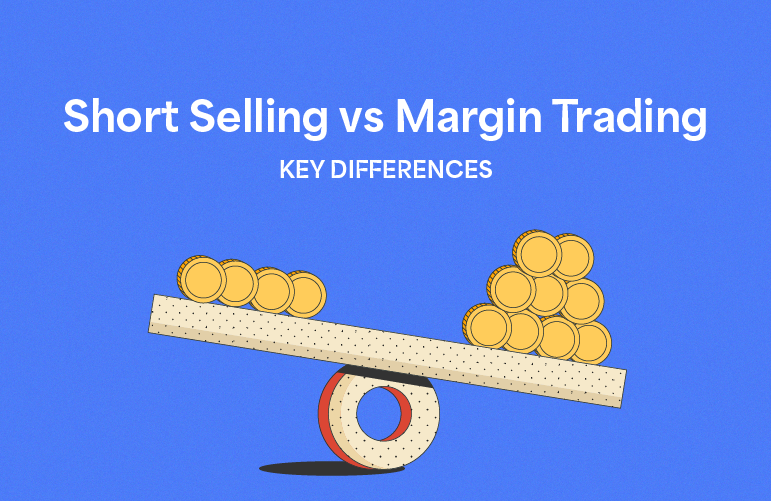The world of cryptocurrency offers exciting opportunities for investors, but navigating its volatility can be tricky. Two trading strategies, short selling and margin trading, can be used to potentially amplify returns, but they also come with significant risks. Understanding these strategies is crucial before diving in.
Short Selling vs Margin Trading: Key Differences
- Short Selling: Borrowing crypto assets, selling them at the current market price, and repurchasing them later at a (hopefully) lower price to pocket the difference. You profit if the price goes down, but lose money if it goes up.
- Margin Trading: Borrowing funds from a broker to leverage your buying power and magnify potential gains. You can use margin to buy more crypto than you currently own, profiting if the price increases. However, losses are also magnified, and you could owe more than your initial investment if the price falls.
Short Selling in Crypto Trading
Advantages:
- Profit from a Bearish Market: Short selling allows you to capitalize on a declining crypto market, something traditional long positions cannot do.
- Hedge Existing Holdings: You can use short selling as a hedge against your long positions to mitigate potential losses.
Risks:
- Unlimited Losses: Unlike a long position where your loss is capped at your initial investment, short selling losses are theoretically unlimited. If the price keeps rising, you’ll have to buy back the borrowed assets at a higher price, incurring significant losses.
- Margin Calls: If you short sell using margin and the price rises, you may face a margin call from your broker, requiring you to deposit additional funds to maintain your position.
- Short Squeezes: If a heavily shorted cryptocurrency experiences a sudden price surge due to high buying pressure, short sellers may be forced to buy back their positions at a loss, further escalating the price.
Margin Trading in Crypto Trading
Advantages:
- Amplify Profits: Margin trading allows you to magnify your potential returns if the crypto price increases.
- Greater Flexibility: Margin trading provides more flexibility in your trading strategies compared to traditional long positions.
Risks:
- Magnified Losses: Just like amplified profits, margin trading also magnifies potential losses. A small price movement against your position can lead to significant losses exceeding your initial investment.
- Forced Liquidation: If the price falls and your account value falls below a certain threshold, your broker may force liquidation of your position to recover their loan, resulting in significant losses.
Remember: Short selling and margin trading are advanced strategies and should only be undertaken by experienced traders who fully understand the risks involved.
Conclusion:
Short selling and margin trading can be powerful tools for experienced crypto traders, but they require careful consideration and risk management.
Before engaging in any trading activity, ensure you thoroughly research and understand the risks involved. This blog post is for informational purposes only and should not be considered financial advice.

